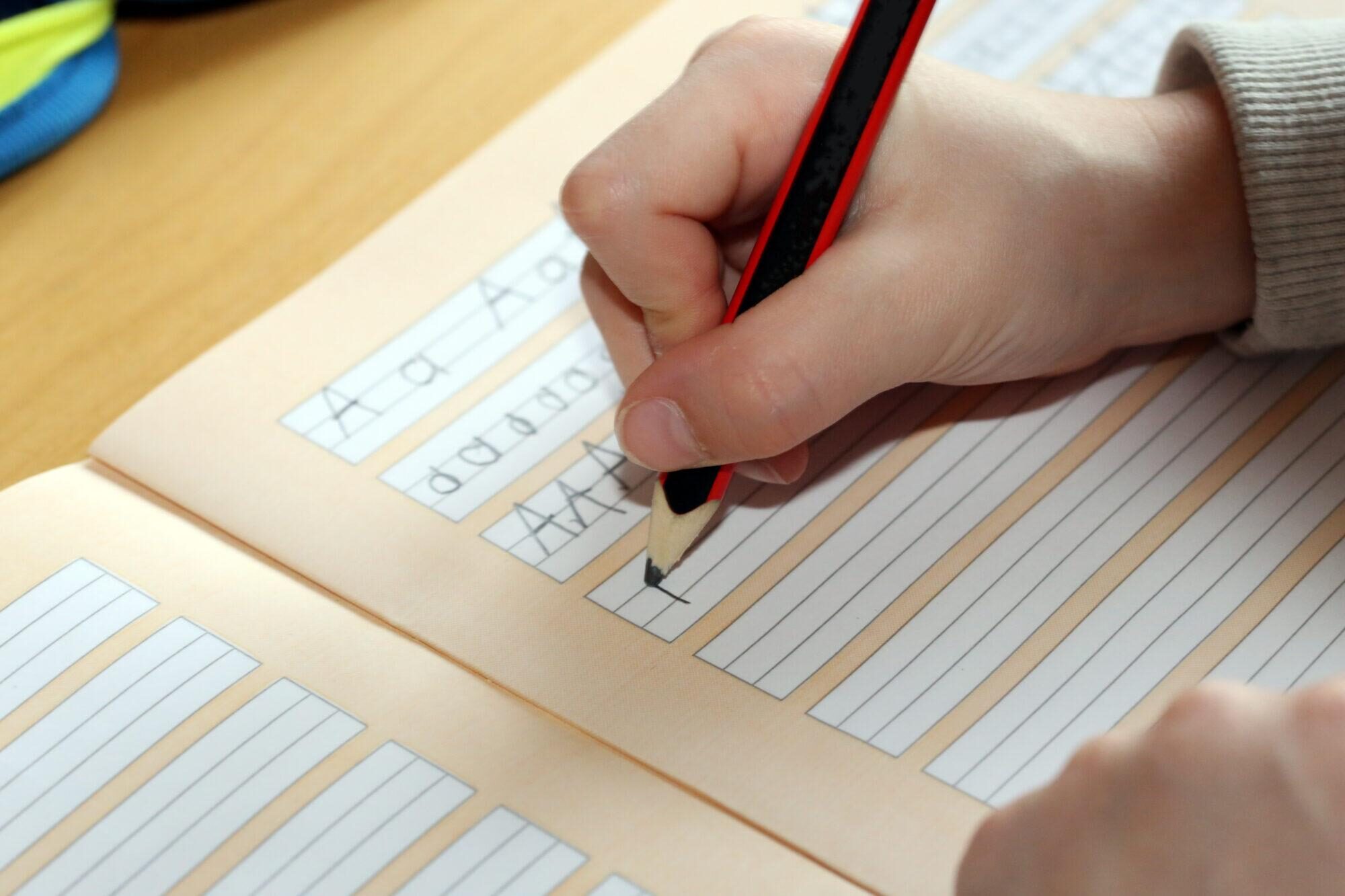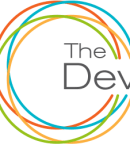Psychomotor Therapy
Psychomotor therapy is a healthcare profession that is based on a holistic view of the person and is involved in the treatment of different disorders. People of all ages who present with motor, cognitive, behavioral or emotional difficulties benefit from this intervention as it improves the balance between the body and mind and enhances the global development of the individual to reach better mental health, physical wellbeing, social integration, and academic performance by means of different mediations and techniques.
The areas of intervention of Psychomotor Therapy are varied, they include psychomotor stimulation and awakening, screening and prevention, assessments and diagnosis, early intervention and re-education.
This intervention takes place in regular schools, inclusive and specialized schools, specialized institutions, nurseries, rehabilitation centers, mental health clinics, hospitals (pediatrics, geriatrics, psychiatry) and non-governmental organizations etc.
A Psychomotor therapist observes, assesses, stimulates and reeducates the following areas:
- Body schema: body perception, body organization and orientation and body image representation.
- Tonicity: muscle tone control and tonic-emotional regulation.
- Laterality: knowledge of left/right concepts, acquirement of the lateral dominance of hand, foot and eye.
- Time: knowledge of time concepts, time orientation, time organization, time management, and rhythm.
- Space: knowledge of spatial notions and orientation accordingly, visual-constructive and visual-perceptive analysis.
- Gross motor skills: dynamic coordination, static coordination, and balance.
- Fine motor skills: bimanual coordination, eye-hand coordination, association/dissociation of hands, manual dexterity, manual praxis, fine grip, digital individuation.
- Handwriting skills: pencil grip, perceptive decoding, body posture, pencil pressure, precision, quality and speed of writing.
- Executive and cognitive functions: attention, memory, problem solving, planning skills, inhibition and mental flexibility.
- Interactive modalities: verbal and nonverbal communication, object permanence, and emotions etc.
- Sensory modulation: Visual, tactile, auditory, proprioceptive, vestibular, olfactory, and taste.
Who can benefit from Psychomotor Therapy?
People of all ages presenting global developmental delay, autism spectrum disorder, developmental coordination disorder, attention deficit and hyperactivity disorder, learning disorders: dyslexia, dysphasia, dyscalculia…, intellectual developmental disorders, motor disorders, genetic disorders, behavioral and emotional disorders, anxiety disorders and low self-esteem, sensory Impairments: visual and auditory, sensory processing disorders, and psychomotor disorders that may not be caused by neurological or intellectual disorders.
Psychomotor Therapy Process and Intervention
The process begins with an initial meeting with the parents to carry out a detailed anamnesis and ask for medical exams when needed. Next comes the evaluation that is based on a clinical qualitative observation and on several standardized quantitative psychomotor tests chosen according to the age of the patient and to the reason of the consultation. Then, a confidential psychomotor assessment report revealing the results of the observations made and he standardized psychomotor tests is written and presented to the parents along with an intervention plan.
The intervention plan is an individualized therapeutic project that includes short and medium-term objectives, as well as the recommendations that would be applied at home and in school setting to reach better results and goals generalization.
This plan can also suggest seeing other specialists if needed and it includes regular follow-ups with nurseries and schools and other healthcare professionals working with the patient.
The psychomotor therapist also provides constant support and guidance to parents’ in order to improve their investment in the intervention plan, and help them enhance their child’s competences and self-confidence in different settings.
Methods and Techniques
Each intervention plan is individualized; a psychomotor therapist uses directive and semi-directive activities to target the therapy plan goals based on each person’s interests in order to make the intervention fun and motivating.
Many techniques and mediations of care that are adapted to the needs of the patient; such as relaxation, breathing techniques and massages, artistic mediation such as painting, drawing, handwriting techniques such as the scribble method, Jeannot method and handwriting without tears method, role playing and symbolic play, sensory integration and sensory motor activities, cognitive and perceptive mediation such as auto-instruction program and problem resolution, body expression techniques such as mime, drama techniques, rhythm, emotions expression, etc.
To sum up, psychomotor therapy targets domains and skills that influence daily life activities, it improves mental and physical health, and allows a better academic or professional performance since it develops learning pre-requisites, self-confidence, independence and helps the person in adapting in society.




